Fast Food: Quick-Growing Autumn Vegies and Herbs to Plant Now
Keen to grow your own greens? An expert reveals herbs and veg to plant now, which you'll be able to eat in a few weeks
It’s getting harder and more expensive to shop for fresh produce, so what better time to start your own edible garden? Here are some autumn-loving vegetables and herbs to plant now, which you should be able to get on the table in just a few weeks time – plus a few tips for planting success.
Vegetable combinations
Companion planting can save space, improve soil quality and, according to some, even enhance the taste of your herbs and vegetables. But you need to get the pairings right. The key is to choose vegetables that are in-season and have the same water and soil requirements. Rhubarb, lettuce, cauliflower and cabbage are one combination to consider.
Plan ahead and look for vegetables that will nourish the soil for the next season. For example, if you plant legumes such as beans and peas now, you can harvest the pods in a few weeks’ time and then, when the season is over, turn them into green manure to get the soil ready for spring/summer plantings. This gives your vegetable garden longevity and sets you up well for the coming season.
Companion planting can save space, improve soil quality and, according to some, even enhance the taste of your herbs and vegetables. But you need to get the pairings right. The key is to choose vegetables that are in-season and have the same water and soil requirements. Rhubarb, lettuce, cauliflower and cabbage are one combination to consider.
Plan ahead and look for vegetables that will nourish the soil for the next season. For example, if you plant legumes such as beans and peas now, you can harvest the pods in a few weeks’ time and then, when the season is over, turn them into green manure to get the soil ready for spring/summer plantings. This gives your vegetable garden longevity and sets you up well for the coming season.
Which combos to avoid
It’s best not to plant lots of root vegetables together, such as beetroot and carrot crops, as they attract birds and rodents and your harvest can be quickly destroyed if it’s not covered.
I’d also avoid putting lettuce, cabbage and members of the broccoli family together as they can attract cabbage butterflies, which can also destroy your crop. Mix them up with other vegetables for diversity so that if you attract pests, only some of your plants are destroyed – not all.
Need a hand choosing the right combinations for your garden’s soil, sun access and climate? Find a local gardener on Houzz for expert advice
It’s best not to plant lots of root vegetables together, such as beetroot and carrot crops, as they attract birds and rodents and your harvest can be quickly destroyed if it’s not covered.
I’d also avoid putting lettuce, cabbage and members of the broccoli family together as they can attract cabbage butterflies, which can also destroy your crop. Mix them up with other vegetables for diversity so that if you attract pests, only some of your plants are destroyed – not all.
Need a hand choosing the right combinations for your garden’s soil, sun access and climate? Find a local gardener on Houzz for expert advice
Herbs to grow now
Herbs such as parsley, coriander, thyme, watercress, mint and oregano do well now. Parsley and coriander are particularly sturdy herbs and grow well in the chillier months.
Plant herbs as seedlings or buy them in small pots from your local nursery and replant them into troughs when you get home.
If planted from seedlings, you can expect them to be ready in about three to six weeks.
These herbs reseed, so hopefully you should get more than one season out of them.
Herbs such as parsley, coriander, thyme, watercress, mint and oregano do well now. Parsley and coriander are particularly sturdy herbs and grow well in the chillier months.
Plant herbs as seedlings or buy them in small pots from your local nursery and replant them into troughs when you get home.
If planted from seedlings, you can expect them to be ready in about three to six weeks.
These herbs reseed, so hopefully you should get more than one season out of them.
Herb combinations
If you’re combining herbs in the same pot, first make sure they have similar cultivation requirements. Oregano and sage, for example, work well together as they like less water, whereas watercress and mint both love water and could even be grown successfully in a pond in the garden.
If you’re combining herbs in the same pot, first make sure they have similar cultivation requirements. Oregano and sage, for example, work well together as they like less water, whereas watercress and mint both love water and could even be grown successfully in a pond in the garden.
Growing Tips
- Find a sunny spot: To get vegetables and herbs to flourish over winter, put them in a spot in your garden or on your balcony where they will get full sunlight throughout the day and be protected from the wind.
- Drain well: Good drainage is crucial for planting success.
- Don’t overwater: The vegetables mentioned here like to be in moist, well-drained soil, so it’s important not to overdo the watering. Keep an eye on the rainfall; if there is no rain, water once or twice a week. If it has been raining, you may not need to water them at all.
- Keep herbs happy: Also avoid overwatering herbs – apart from water-lovers such as watercress and mint.
- Use troughs: Ideally, vegetables and herbs should be planted in troughs so you can create raised garden beds. This creates plenty of space for the roots to grow and for the soil to drain. Pots can also work, but the growth of your vegetables will be limited.
- If you can’t use use troughs, choose decent-sized pots: These should be big enough to accommodate root, vegetable and herb growth.
- Add sand: Place sand in the bottom of the trough to provide good drainage. Layer this with potting mix, then compost.
- Choose quality soil: The best soil average for veggies and herbs is composted and well-drained.
- Fertilise: You should fertilise soil every time you condition or turn it over. Use a mix of blood and bone and compost. If you’re regularly applying compost to your garden from household waste, you should be in a great position to turn the soil over for the next season. We have chickens in our backyard to help with this process.
- Prepare to work hard: Many people who start a vegetable or herb garden don’t realise how high-maintenance it is. Just as you need to maintain your lawn or nature strip, expect to put the same time and effort into your vegie or herb garden. You’ll also need to look ahead and make plans for replanting.
Your turn
What do you like planting (and eating) at this time of year? Tell us in the Comments below, like this story, save the images, and join the conversation.
More
Want more expert garden advice? Don’t miss Designers’ Best Tips for Creating a Tranquil Garden
What do you like planting (and eating) at this time of year? Tell us in the Comments below, like this story, save the images, and join the conversation.
More
Want more expert garden advice? Don’t miss Designers’ Best Tips for Creating a Tranquil Garden





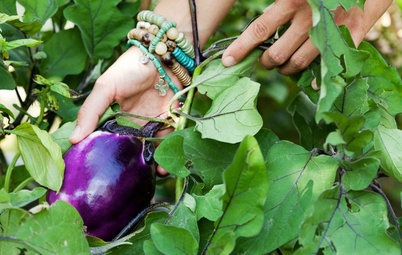
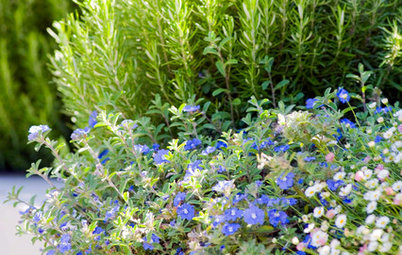
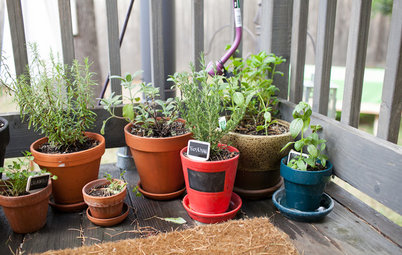
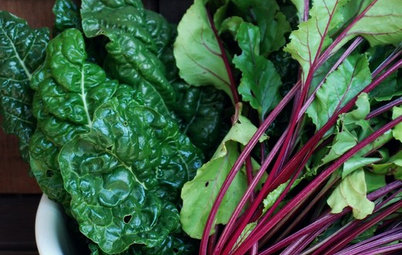
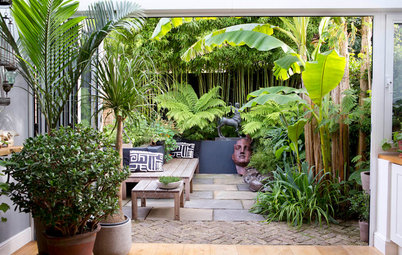
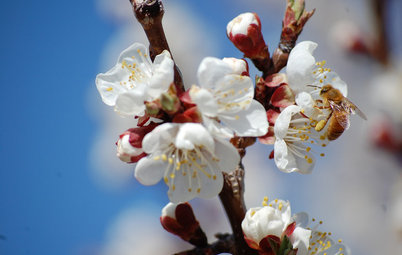
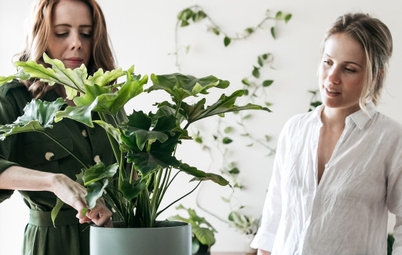
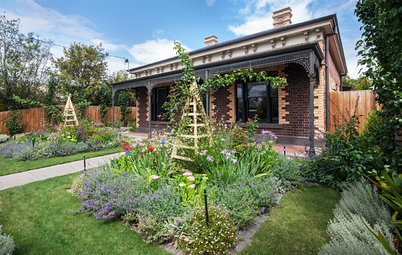
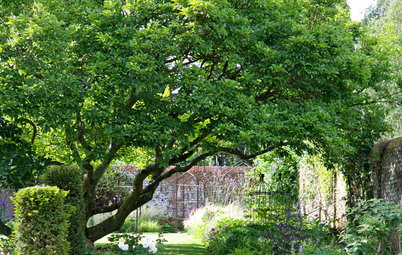

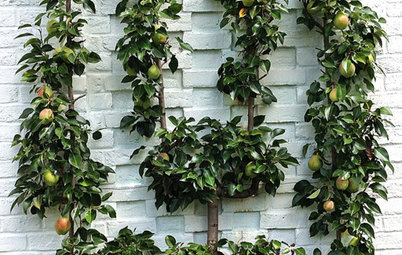
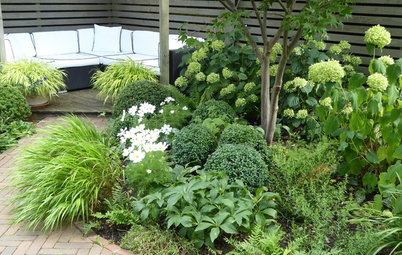
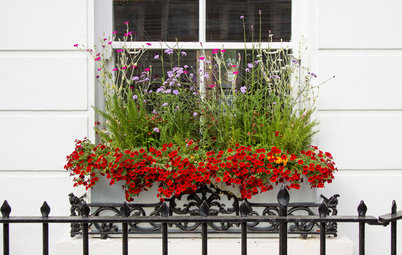
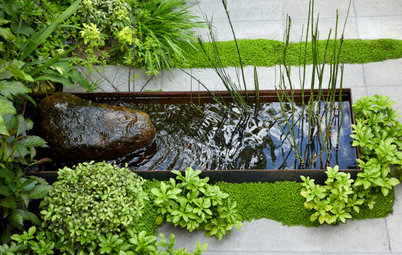
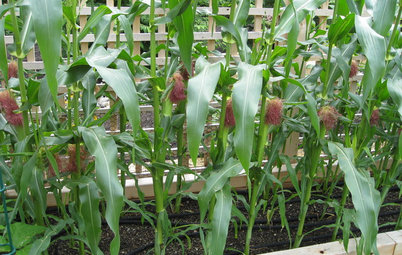

Now’s the perfect time to plant spinach, zucchini, broad beans, green beans and peas – they can handle these shorter days and cooler temperatures and will grow well heading into the winter months.
If you plant the seedlings properly and look after them well, expect to be able to add the harvest to your winter dishes in around four to six weeks.